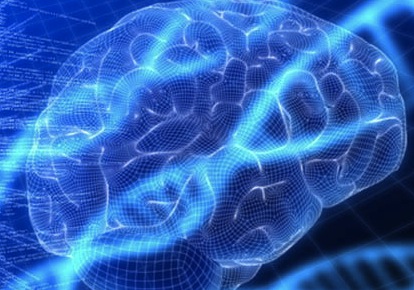Researchers from Yale University identified common neural circuits affected by autism-risk genes. They also identified when, where, and in what cell types those genes exert their effects on the developing human brain and lead to autism spectrum disorders.
Although other genes and neural circuits that contribute to autism spectrum still remain to be found, the findings suggest new targeted treatments for autism may be possible, said Nenad Sestan, professor of neurobiology, investigator for Kavli Institute for Neuroscience at Yale, and co-senior author of the paper.
According to some estimates, mutations in as many as 1,000 genes could play a role in autism spectrum disorders, the umbrella term for a wide range of conditions that impair a person’s ability to communicate and interact socially.
The apparent complexity of autism has made it difficult for scientists to see the wood for the trees.
Dr Matthew State, from the University of California at San Francisco, whose team led the research, said: “If there are 1,000 genes in the population that can contribute to risk in varying degrees and each has multiple developmental functions, it is not immediately obvious how to move forward to determine what is specifically related to autism. And without this, it is very difficult to think about how to develop new and better medications.
” Given the small subset of autism genes we studied, I had no expectation that we would see the degree of spatiotemporal convergence that we saw.
“This strongly suggests that though there are hundreds of autism risk genes, the number of underlying biological mechanisms will be far fewer. This is a very important clue to advance precision medicine for autism toward the development of personalised and targeted therapies.”
The scientists, who report their findings in the journal Cell, made use of BrainSpan, a digital atlas of gene activity drawn from donated brain specimens. BrainSpan documents how and where genes are “expressed”, or made active, in the human brain over an individual’s lifespan.
It allowed the researchers to investigate where and when the nine seed genes joined up with other genes in “co-expression networks”.
These junction points were traced to brain cells called cortical projection neurons in specific deep layers of the prefrontal cortex during a time period from 10 to 24 weeks after conception.
Co-author Jeremy Willsey, a graduate student in Dr State’s laboratory, said: “To see these gene networks as highly connected as they are, as convergent as they are, is quite amazing. An important outcome of this study is that for the first time it gives us the ability to design targeted experiments based on a strong idea about when and where in the brain we should be looking at specific genes with specific mutations.”
Professor Nenad Sestan, from Yale University, who also took part in the study, said: “We know now that we may not have to treat the whole brain; that changes related to mutations in autism-risk genes may affect particular neural circuits at specific places at specific times.”
(Agencies)
 Canada Journal – News of the World Articles and videos to bring you the biggest Canadian news stories from across the country every day
Canada Journal – News of the World Articles and videos to bring you the biggest Canadian news stories from across the country every day



